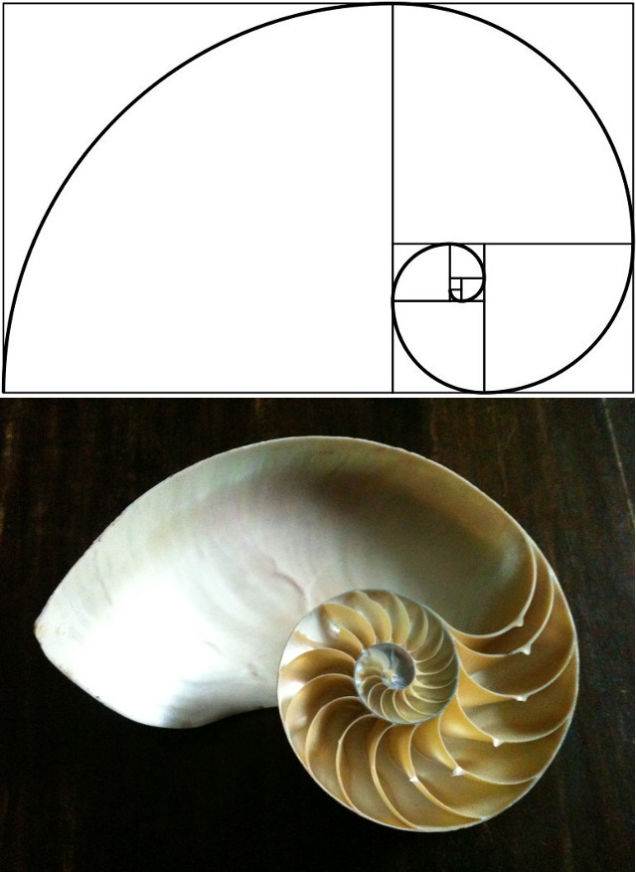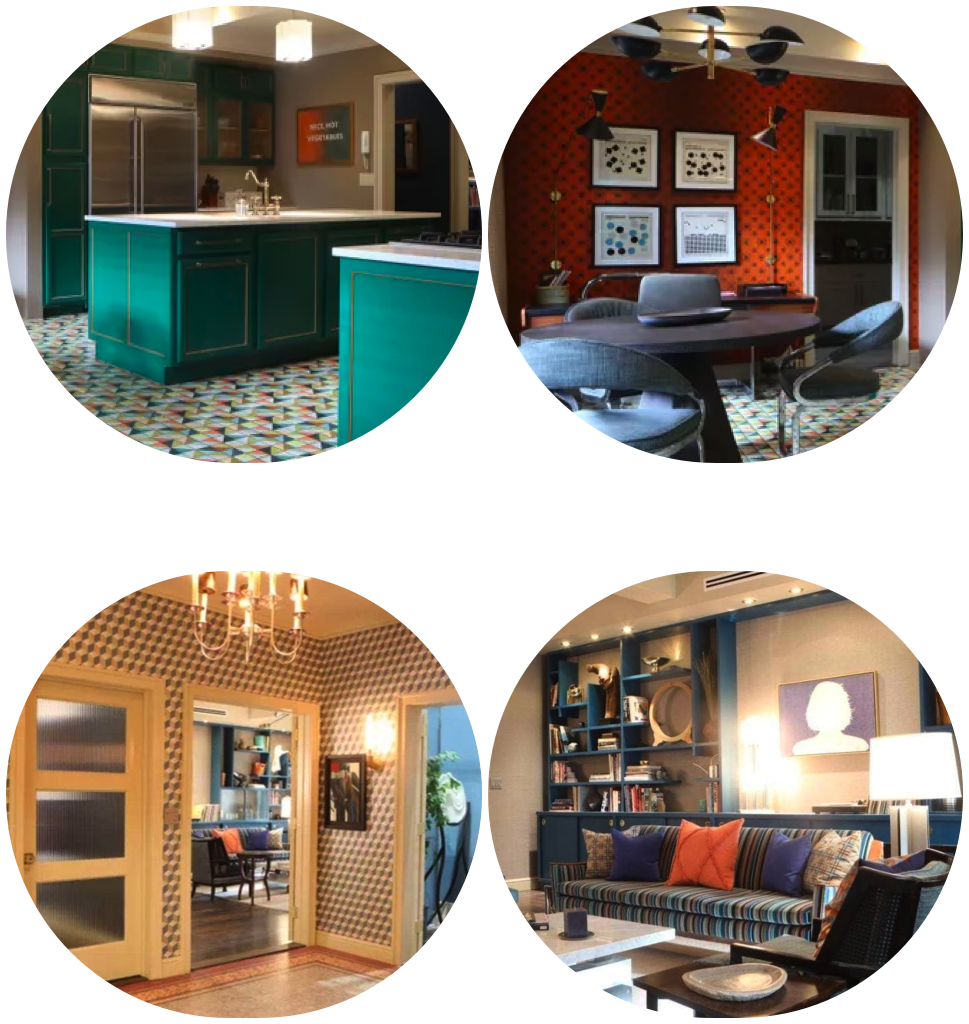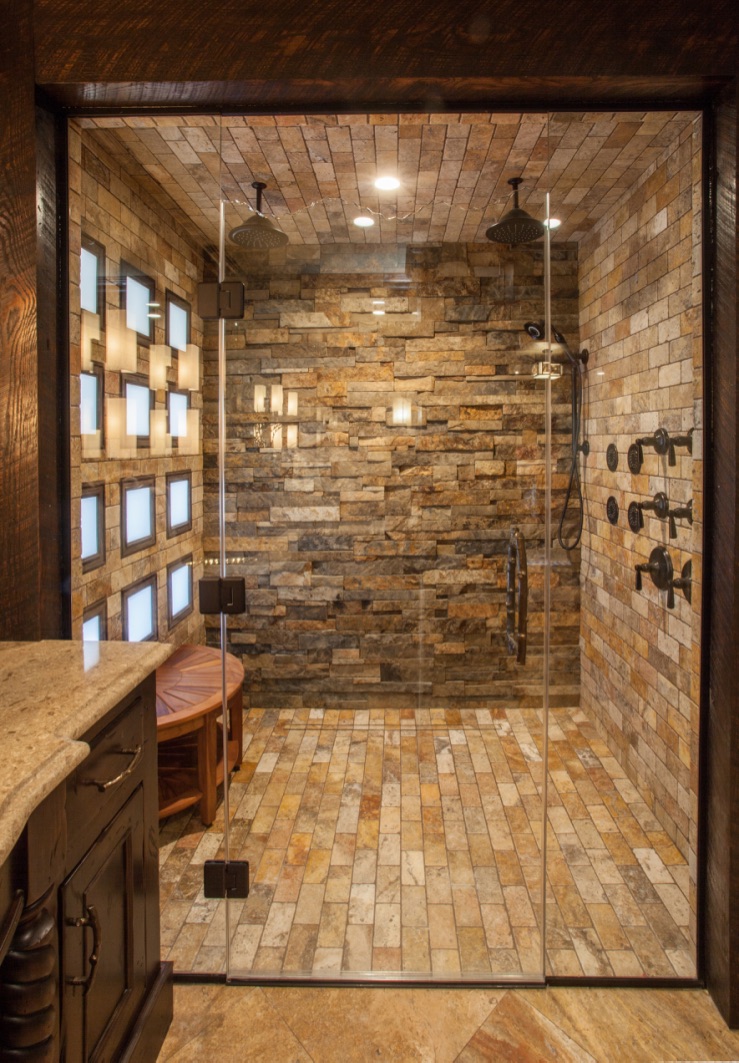If you have found yourself drawn to any of the apartments in "Only Murders in the Building", it probably says something about your personality. Check out what the design styles of Charles-Haden Savage, Oliver Putnam, or Mabel Mora says about you!
How Marketing Principles Have Influenced My Interior Design Philosophy: Balance
As a former graphic designer and advertising creative director, I learned the basics of creating appealing print ads that would engage the audience and convey an effective message. When I shifted to interior design 10 years ago, I discovered that the concept of 2D print and 3D interior design are virtually the same (content, balance, scale, white space and call to action), with the bonus of being able to add exciting elements such as texture and light.
As a designer, I approach a space with the knowledge I gained through experience and continued learning. However, as an artist, often I intrinsically feel how a space should evolve. While that may sound a little on the “woo-woo-that’s-kind-of-out-there” side, the art of design is often internal and it’s my job to bring your internal expression of a space out to the external.

BALANCE
Balance is another area that can be registered more on a psychological level than visual, although balance can be achieved visually through the use of color and texture. We experience life in a 3D way, which means while we may be looking directly at a sofa, we are experiencing the whole of the room—the height, the width and the depth. Bringing balance to a space means being mindful of the visual weight of an object when placed next to another, plus the overall effect of where visually “heavy” items (think large, dark-colored sofa or built-in cabinetry) are placed next to visually “light” items (glass-top or iron-based tables or white linen drapery).
I spend a lot of time making sure a room is balanced in the overall design and furnishing of a room. I’m very sensitive to when a room feels like it is “leaning” to one side or the other. Nature drives this unconscious need for balance, and I talked about this in my blog post on the Golden Ratio. Sometimes the orientation of the room needs to shift, art or drapery needs to be raised, or different materials need to be used.
The use of color falls in this area, even when a space is mostly neutral. Texture and light and gradients of color within even the neutral zone create balance and this is one of those mystical areas where the talent of designers in general shine.
I think under-appreciating balance is why there are so many “Pinterest Fails.” People see a picture and, thinking if they simply buy X, Y, and Z, are dissatisfied with their space because a 2-dimensional photo cannot express 3-dimensional balance.
Whether my client is using traditional interior design or is a DIYer using an eDECORATING Plan, I consider the whole space (either literally or virtually) when sourcing my design solutions.
•
Continue on with this series:
How Marketing Principles Have Influenced My Interior Design Philosophy: Content
How Marketing Principles Have Influenced My Interior Design Philosophy: Scale & White Space



